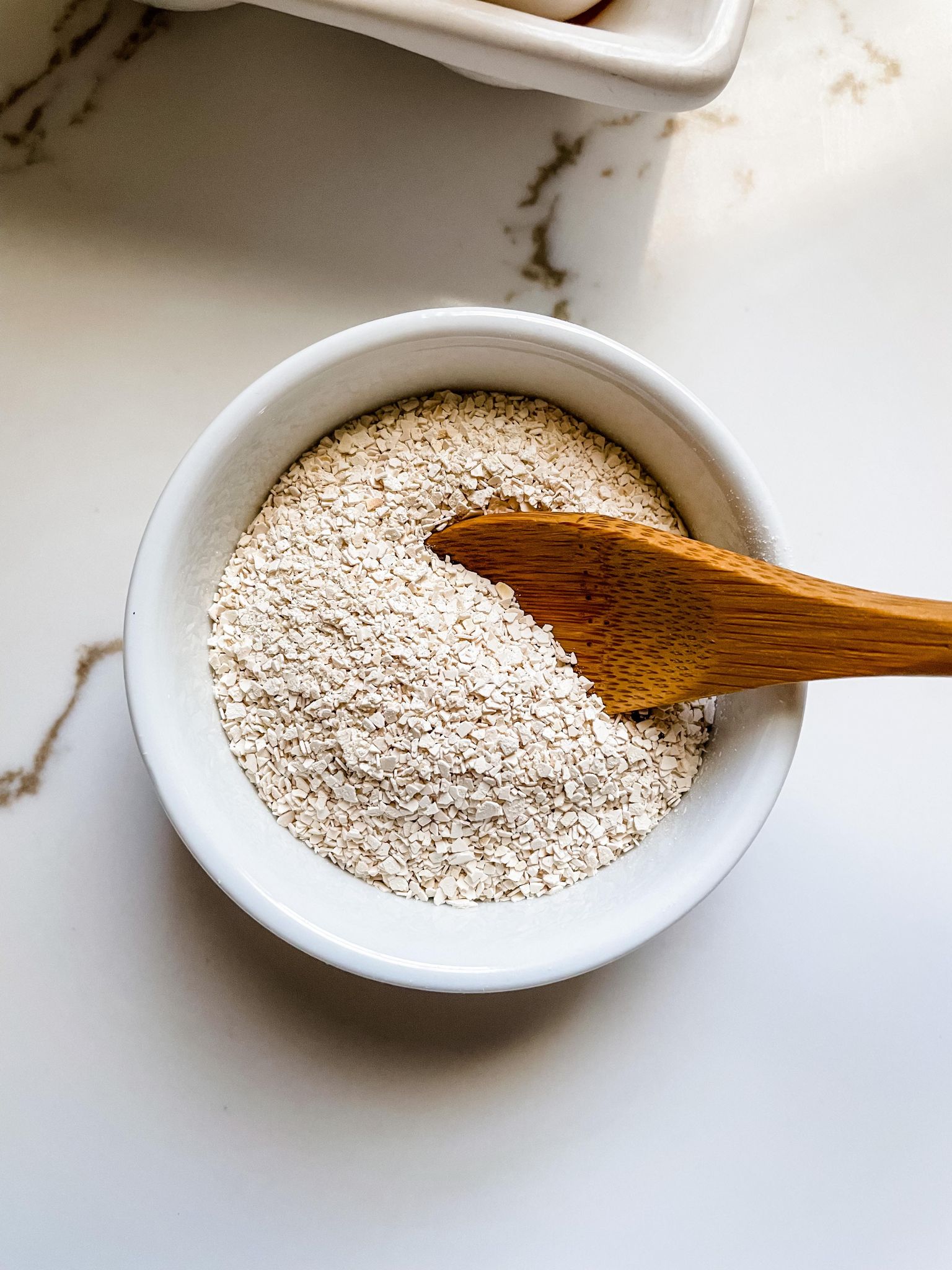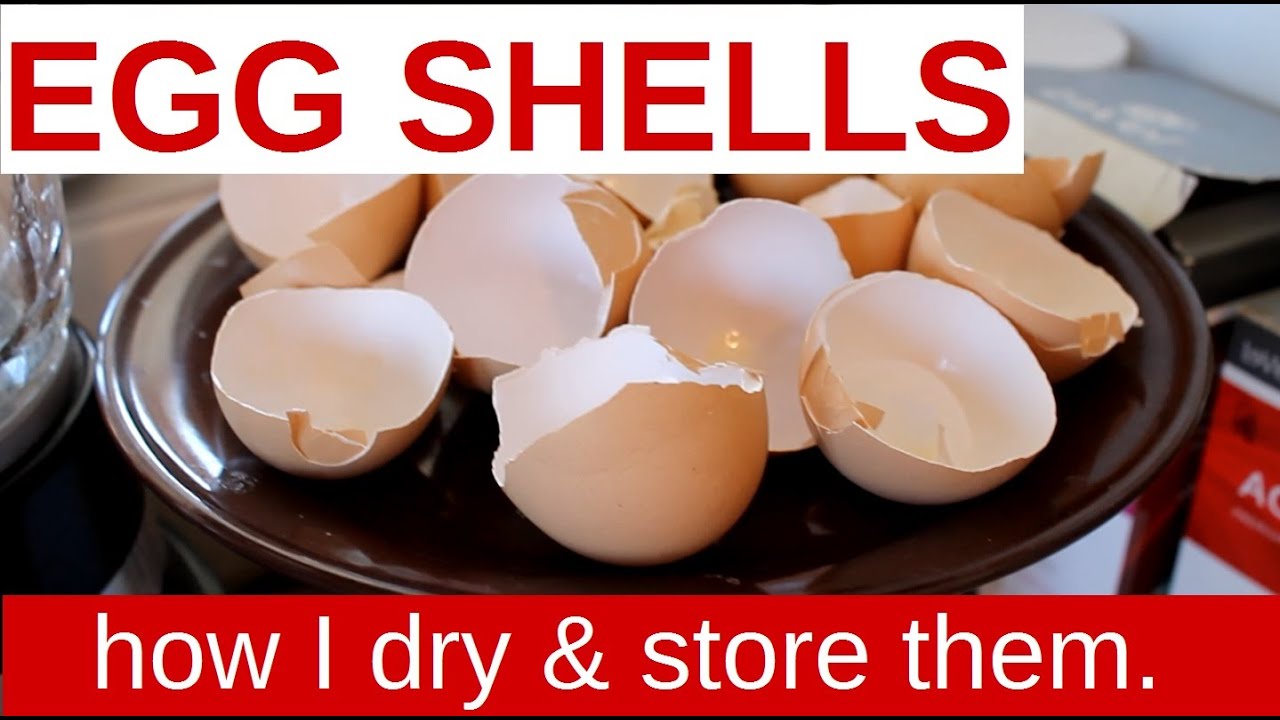To dry egg shells, first rinse them thoroughly to remove any residue. Then, place them in a single layer on a baking sheet and bake at 200°F (93°C) for about 30 minutes.
Eggshells are often discarded, but they can serve various purposes in gardening and crafts. Drying them is a simple process that enhances their usability. Once dried, eggshells can be crushed into powder, providing a natural source of calcium for plants.
They can also be used in DIY projects, such as homemade fertilizer or decorative crafts. Knowing how to properly dry and prepare eggshells opens up new opportunities to reduce waste and create eco-friendly solutions. This guide will help you understand the best methods for drying eggshells effectively.

Credit: zerowastechef.com
How to Dry Egg Shells : Step by Step Guide
Introduction To Egg Shell Drying
Drying egg shells is very important. It helps reduce waste and provides great benefits.
Dried egg shells are rich in calcium. This makes them perfect for gardening. They help strengthen plants and improve soil quality.
Other common uses include:
- Organic fertilizer for your garden.
- Pest control by deterring slugs and snails.
- Craft projects, like making decorations.
- Nutritional supplement for pets, especially birds.
Drying egg shells is simple and very useful. It promotes a sustainable lifestyle and helps the environment.
Preparation Before Drying
Start by cleaning the egg shells thoroughly. Rinse them under cold water to remove any dirt. Make sure to scrub the outer surface gently.
Next, remove the membrane inside the shells. This can be done by gently squeezing the shell. Pull out the thin layer carefully.
After cleaning, let the shells dry for a few hours. This helps ensure they are ready for the drying process.
Choosing The Right Drying Method
Oven drying is an easy way to dry egg shells. First, wash and sanitize them. Spread the shells on a baking sheet. Bake at a low temperature, around 200°F (93°C). Check them every 10 minutes. They will be ready when they are completely dry and brittle.
Air drying takes longer but is simple. Rinse the shells and place them in a bowl. Set the bowl in a warm, dry spot. Leave them for several days until they are fully dry. Make sure they are not in direct sunlight.
A food dehydrator offers a quick option. Clean the shells and arrange them on the dehydrator trays. Set the temperature to 150°F (65°C). Dry for about an hour or until they are crispy. This method saves time and energy.

Credit: gardenerspath.com
Step-by-step Guide To Oven Drying
Set the oven temperature to 200°F (93°C). This low heat helps dry the egg shells without burning them.
Place the clean, dried egg shells on a baking tray. Ensure they are spread out and not overlapping. This allows even drying.
Keep the egg shells in the oven for about 30 minutes. Check them often. They should feel hard and brittle when done.
Air Drying Egg Shells
To air dry egg shells, choose a dry and warm spot. A sunny windowsill works well. This spot helps speed up the drying process.
The duration for air drying usually takes about 1 to 2 weeks. Check the shells every few days to ensure they are drying properly.
Protect the shells from contaminants. Cover them lightly with a clean cloth. This keeps dust and dirt away while allowing airflow.
Utilizing A Food Dehydrator
Start by cleaning the egg shells thoroughly. Rinse them to remove any egg residue. Let the shells dry for a few hours. Once dry, crush them into smaller pieces. This helps with faster drying.
Set up the food dehydrator according to its instructions. Place the crushed egg shells on the trays. Make sure they are spread out evenly. This ensures proper air circulation.
Turn on the dehydrator and set it to a low temperature. Monitor the drying process regularly. Check the shells every 30 minutes until they are completely dry. They should be hard and brittle when finished.
Post-drying Processing
After drying, egg shells need to be processed. First, grind the dried egg shells into a fine powder. Use a blender or a coffee grinder for this task. Ensure the shells are completely dry to avoid clumping.
Once ground, store the powder in a clean, dry container. Glass jars with tight lids work well. Label the container to know its contents easily. Keep the egg shell powder in a cool, dark place to maintain freshness.
Using dried egg shells in your garden can improve soil health. They are rich in calcium and other nutrients. This natural addition benefits plants and promotes growth.
Creative Uses For Dried Egg Shells
Drying egg shells has many creative uses. In gardening, crushed shells add calcium to the soil. They help plants grow strong and healthy. Egg shells also deter pests like slugs and snails.
As a dietary supplement, dried egg shells provide a natural source of calcium. They can be ground into a fine powder. Adding this powder to food can support bone health. Just ensure they are cleaned properly before use.
In homemade cleaning products, dried egg shells are very useful. They can act as a gentle abrasive for scrubbing surfaces. Mixing them with vinegar creates an effective cleaner. This is a safe and eco-friendly option for your home.

Credit: espressoandlime.com
Frequently Asked Questions
How Do You Properly Dry Egg Shells?
To dry egg shells, rinse them thoroughly to remove residue. Place them on a baking sheet and spread them out evenly. Bake at 200°F (93°C) for about 30 minutes. This process ensures they are completely dry, making them easier to crush for various uses.
Can Dried Egg Shells Be Used For Plants?
Yes, dried egg shells are beneficial for plants. They provide essential calcium, which strengthens cell walls. Crushed egg shells can be mixed into soil or sprinkled around plants. This natural fertilizer helps prevent blossom end rot in tomatoes and supports overall plant health.
How Long Does It Take To Dry Egg Shells?
It typically takes about 30 minutes to dry egg shells in the oven. Ensure your oven temperature is set to 200°F (93°C). This low heat prevents burning while effectively drying the shells. The time may vary slightly depending on humidity and thickness of the shells.
Can You Use A Microwave To Dry Egg Shells?
While you can use a microwave, it’s not recommended. Microwaving can cause uneven drying and may lead to burning. The best method is to dry egg shells in the oven. This ensures even heat distribution and proper drying without compromising their structure.
Conclusion
Drying egg shells is a simple process that offers many benefits. Once dry, they can be used for gardening, crafts, and even as a calcium supplement. Following the steps outlined in this guide will ensure optimal results. Embrace this eco-friendly practice and enjoy the versatility of dried egg shells in your daily life.

